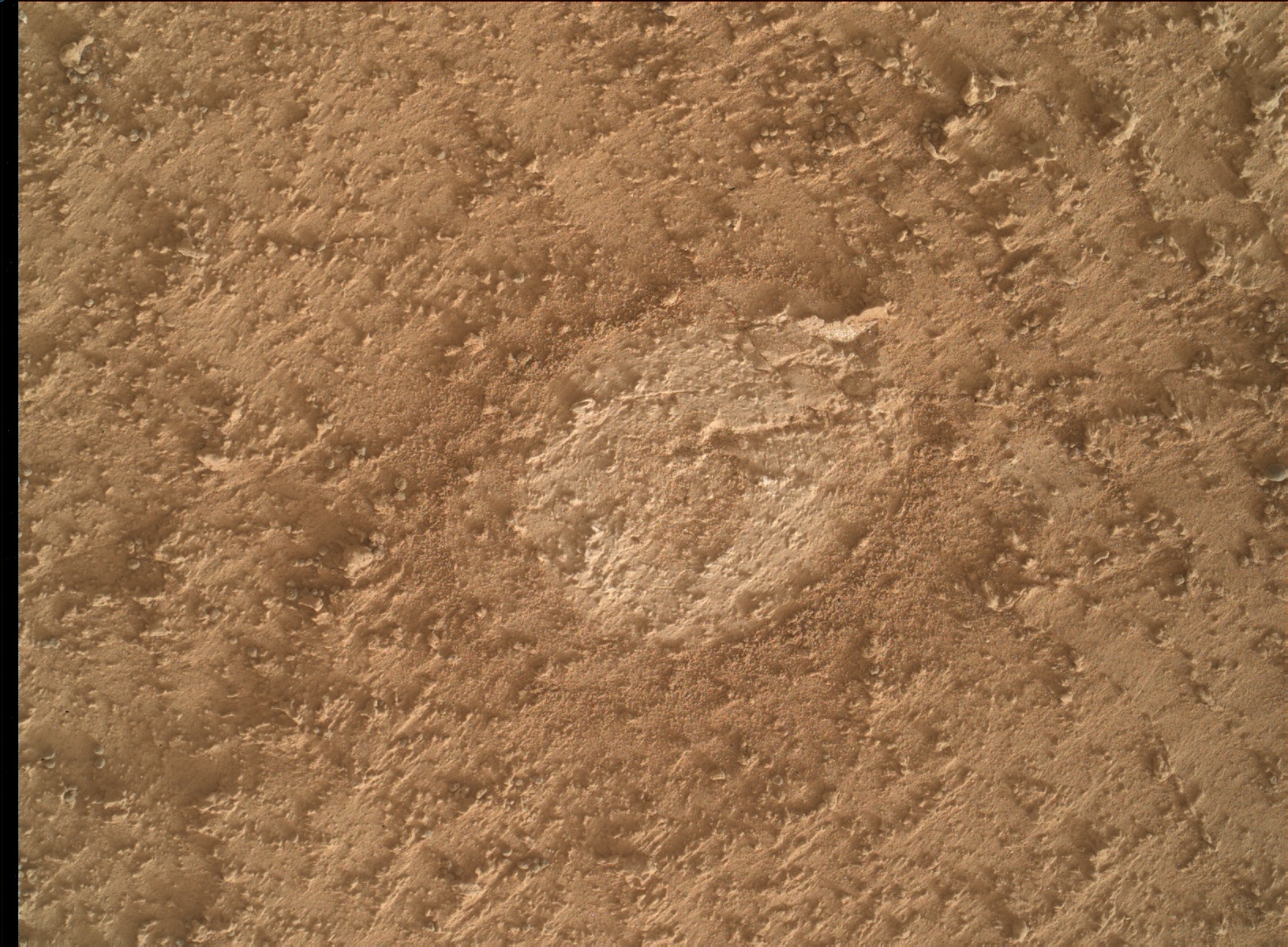Curiosity Navigation Curiosity Home Mission Overview Where is Curiosity? Mission Updates Science Overview Instruments Highlights Exploration Goals News and Features Multimedia Curiosity Raw Images Images Videos Audio More Resources Mars Missions Mars Sample Return Mars Perseverance Rover Mars Curiosity Rover MAVEN Mars Reconnaissance Orbiter Mars Odyssey More Mars Missions The Solar System The Sun Mercury Venus Earth The Moon Mars Jupiter Saturn Uranus Neptune Pluto & Dwarf Planets Asteroids, Comets & Meteors The Kuiper Belt The Oort Cloud 3 min read
Sols 4282-4283: Bumping Away from Kings Canyon 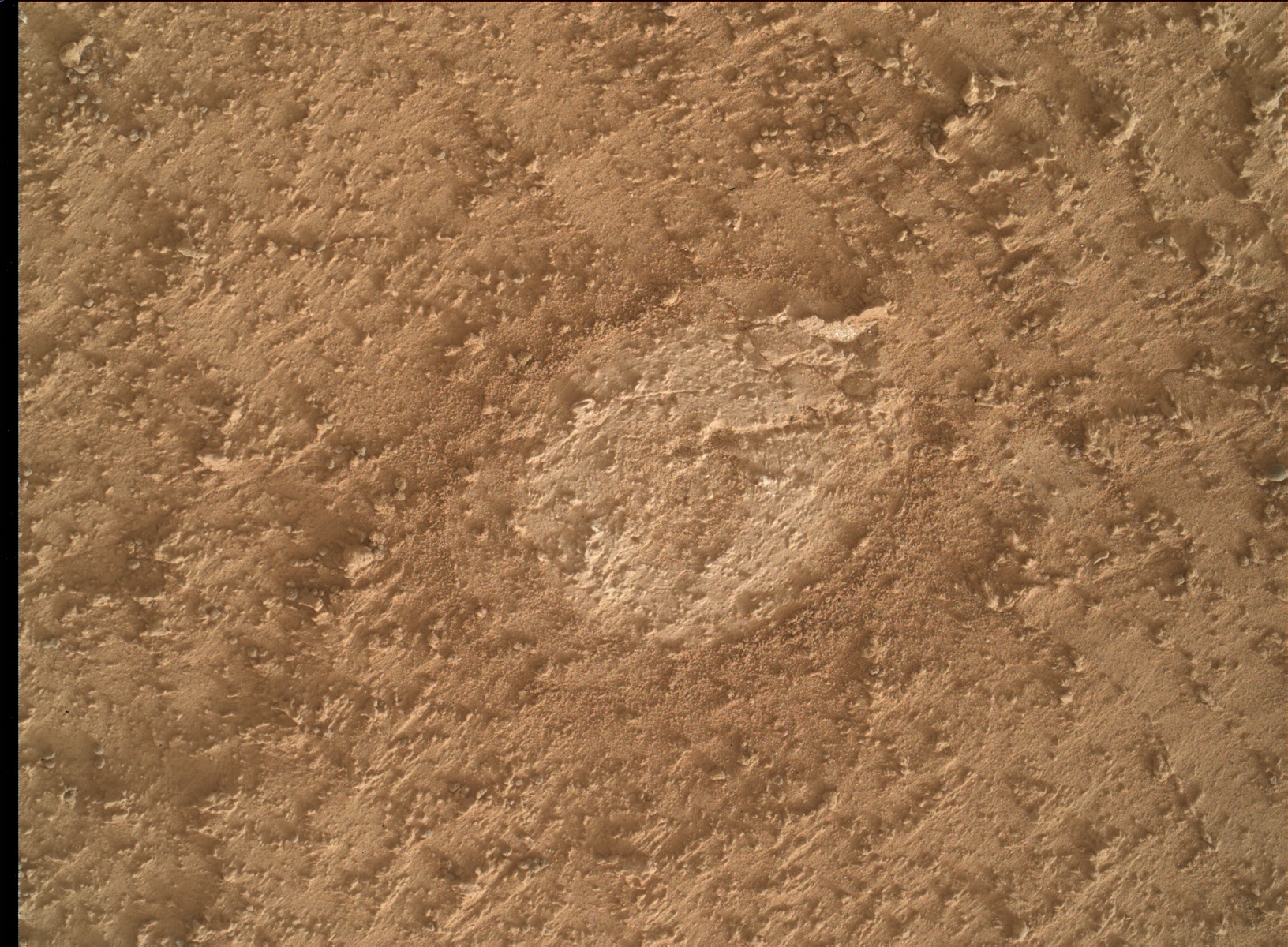 NASA’s Mars rover Curiosity acquired this image using its Mars Hand Lens Imager (MAHLI), located on the turret at the end of the rover’s robotic arm, on August 21, 2024, Sol 4280 of the Mars Science Laboratory Mission, at 00:18:12 UTC. NASA/JPL-Caltech/MSSS Earth planning date: Wednesday, Aug. 21, 2024
NASA’s Mars rover Curiosity acquired this image using its Mars Hand Lens Imager (MAHLI), located on the turret at the end of the rover’s robotic arm, on August 21, 2024, Sol 4280 of the Mars Science Laboratory Mission, at 00:18:12 UTC. NASA/JPL-Caltech/MSSS Earth planning date: Wednesday, Aug. 21, 2024
Having stayed in place for quite a few sols during our Kings Canyon drill campaign, we’re looking forward to doing a bump (ie: a short drive) and accomplishing some science in a new region. I’m on the SA-SPaH (ie: robotic arm) downlink team, which assess and reports on the success of robotic arm and drilling activities, including being closely involved in drilling campaigns. For awhile there was talk of doing a second Kings Canyon drill, but ultimately our planners decided against it. Though I always love getting involved with drill campaigns, we’re excited about our bump, which will take us near the “Fourth Recess Lake” area.
On sol 4282, we have some arm activities scheduled before a ~10 meter drive. During our first arm backbone, the rover will perform contact science on our “Marck Lake” target, including a DRT brushing and APXS integration. “Marck Lake” is a target just to the left of our existing Kings Canyon drill hole and supports our science studies for continuing to investigate this area’s lithology. We’ll also be doing some LIBS measurements on our drill tailings. This is to get extra data for supporting CheMin and SAM measurements.
After our arm activities, we’re taking advantage of a dust storm watch to do some extra environmental science. This watch comes because of a regional dust storm – visible even from the Earth – that has potential to evolve into a global dust storm. While it’s unusual to see global storms at this time of years, large planet encircling dust storms occur on Mars every three Mars years (about five and a half Earth years) on average. Even if they don’t turn into planet encircling events, regional dust storms on Mars can still grow quite large. The last regional dust storm on Mars occurred in early January of 2022 and had a surface area nearly twice the size of the United States. See this report from NASA for more information.
Towards the end of 4282, we will execute a ~10 meter drive towards the “Fourth Recess Lake” region. This area has numerous bright-toned clasts we’re excited to investigate for evidence of excess sulfur. For sol 4283, we have planned a ChemCam AEGIS activity, allowing autonomous target selection for upcoming geochemical spectrometry. If you’re interested in learning more about ChemCam AEGIS, check out this article.
Written by Remington Free, Operations Systems Engineer at NASA Jet Propulsion Laboratory
Details Last Updated Aug 26, 2024 Related Terms Blogs
Keep Exploring Discover More Topics From NASA Mars
Mars is the fourth planet from the Sun, and the seventh largest. It’s the only planet we know of inhabited…

Explore this collection of Mars images, videos, resources, PDFs, and toolkits. Discover valuable content designed to inform, educate, and inspire,…

Each robotic explorer sent to the Red Planet has its own unique capabilities driven by science. Many attributes of a…

Mars Exploration: Science Goals
The key to understanding the past, present or future potential for life on Mars can be found in NASA’s four…


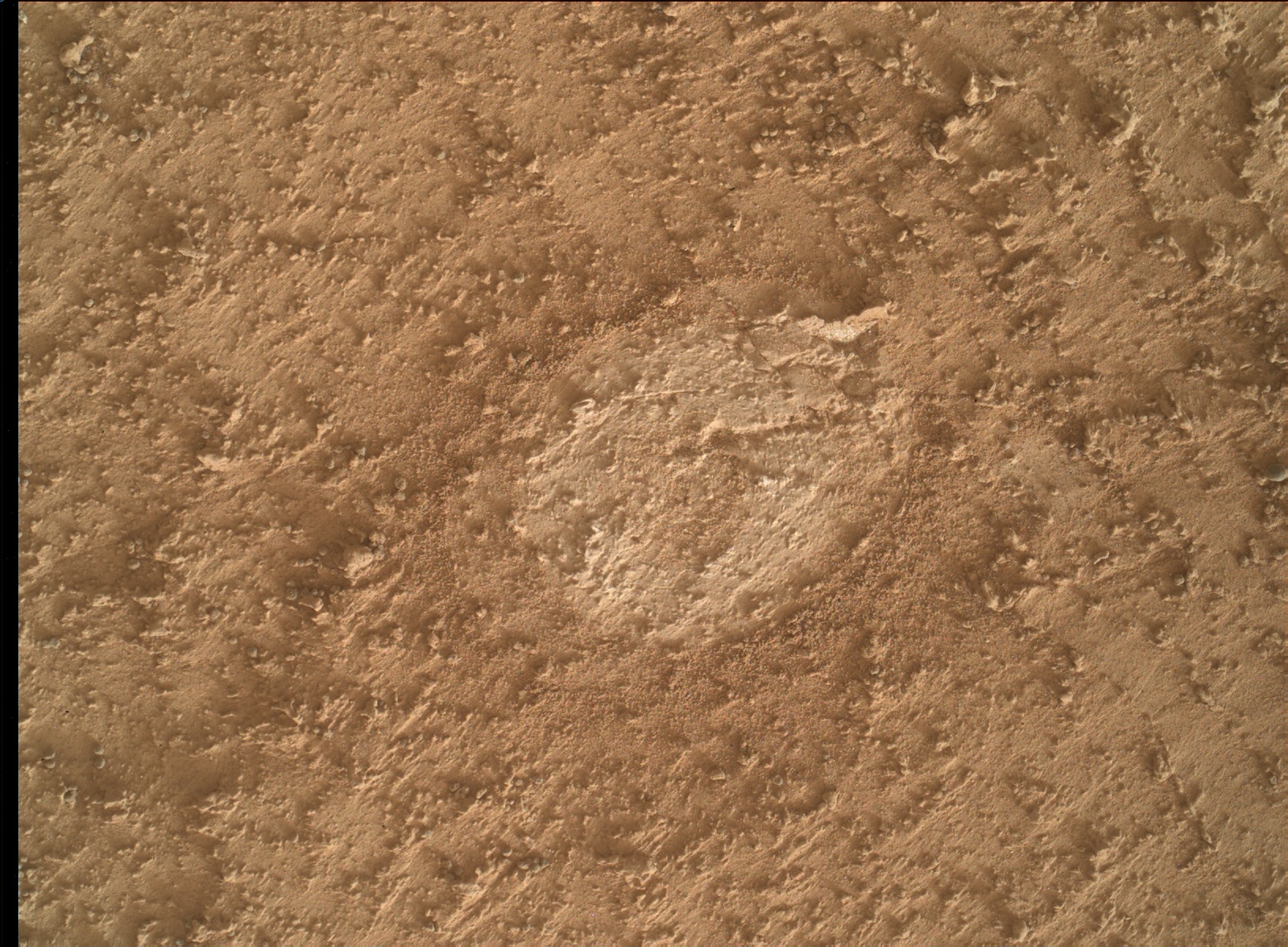
 4 min read Sols 4284–4286: Environmental Science Extravaganza
4 min read Sols 4284–4286: Environmental Science Extravaganza
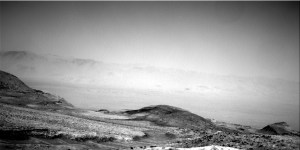 2 min read Sols 4280-4281: Last Call at Kings Canyon
2 min read Sols 4280-4281: Last Call at Kings Canyon
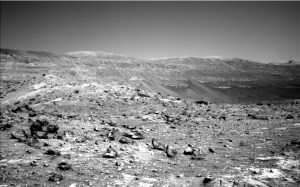 4 min read Sols 4277-4279: Getting Ready To Say Goodbye to the King!
4 min read Sols 4277-4279: Getting Ready To Say Goodbye to the King!
